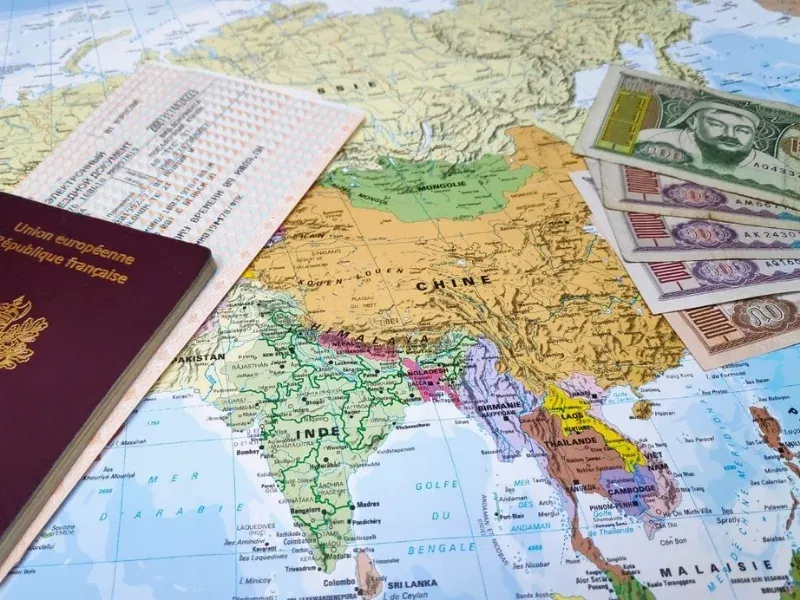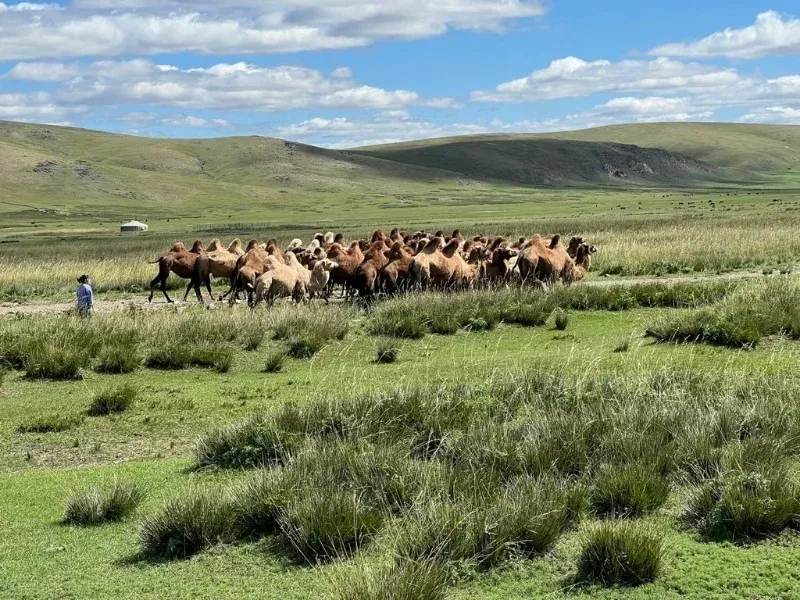10 Things Americans Should Know Before Traveling to Vietnam | Vietnam Luxury Travel Guide
- Travel blogs
- September 17, 2025
Planning a trip to Vietnam? Discover 10 essential tips for Americans, from visas to culture, food, and boutique travel. Explore Vietnam luxury tours and cultural experiences with a trusted Vietnam boutique travel company.
- Visa Requirements for U.S. Citizens
- Currency, Tipping, and Everyday Etiquette
- Getting Around: Planes, Trains, and Private Transfers
- Cultural Etiquette and Dress Code
- Health & Safety Considerations
- Food and Water Safety
- Why Vietnam Is a Top Golf Destination
- Vietnam’s Hidden Gem: Fishing Adventures
- Connectivity and Communication
- Best Time to Visit Vietnam
- Final Thoughts
(From someone who has spent years helping travelers discover the real Vietnam)
I still remember my first time greeting guests at Hanoi’s Noi Bai Airport — the look of excitement mixed with that slight uncertainty that comes from landing somewhere completely new. Over the years, I’ve guided hundreds of Americans across this incredible country, from the lantern-lit streets of Hoi An to the quiet mist of Sapa.
Vietnam isn’t just a destination — it’s an experience that stays with you. To help you make the most of it, I’ve gathered 10 things I always tell my guests before they travel here.
Visa Requirements for U.S. Citizens
Most American travelers need a visa to enter Vietnam. The easiest option is the Vietnam e-visa, valid for 90 days with single or multiple entries. Apply online through the official government website at least one to two weeks before your trip.
At our agency, we often help guests through the process — not because it’s complicated, but because it’s one less thing for you to worry about while planning your journey.
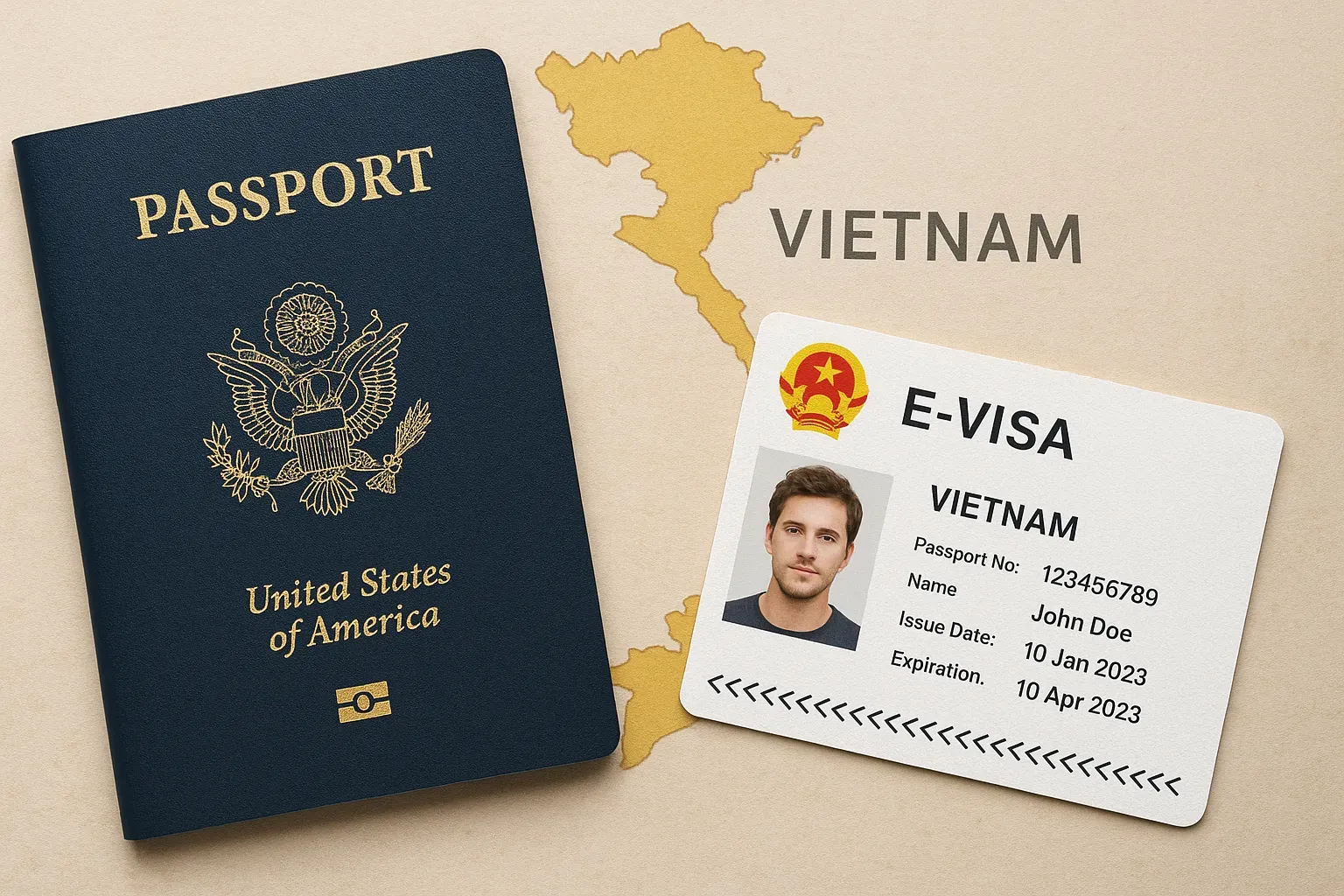
Currency, Tipping, and Everyday Etiquette
The local currency is the Vietnamese Dong (VND). Credit cards work in most hotels and upscale restaurants, but in local markets, small shops, or countryside stops, cash is king. I always tell guests to keep small bills handy — it makes life easier and locals appreciate the gesture.
Tipping isn’t mandatory, but it’s a lovely way to show gratitude. A small thank-you for your driver, guide, or a restaurant with great service goes a long way.
And yes — that famous street-crossing moment in Hanoi or Ho Chi Minh City? Move slowly and confidently. The traffic will flow around you like water around a rock. Trust it — it works.
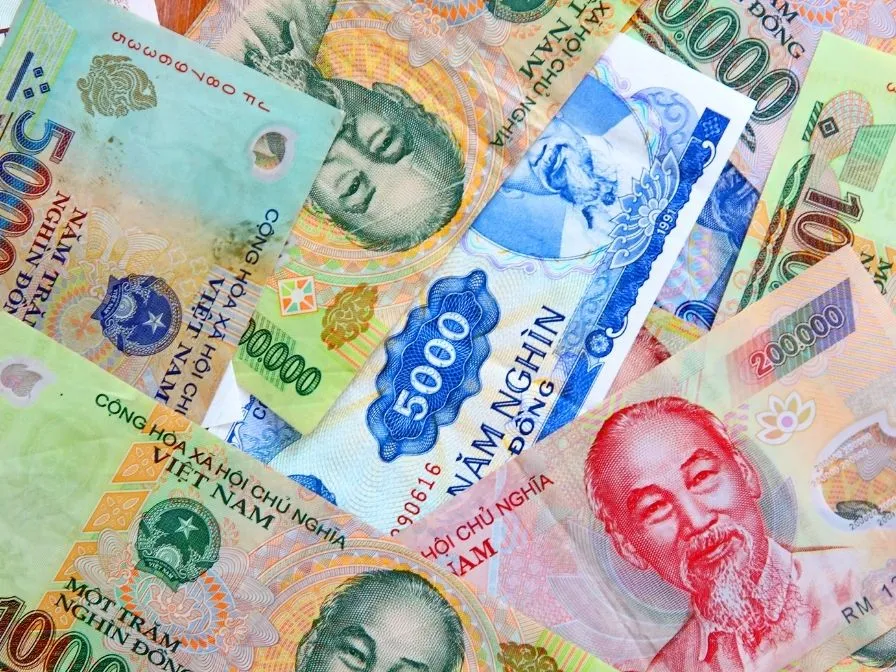
Getting Around: Planes, Trains, and Private Transfers
Vietnam is long and slender, which makes travel between regions part of the adventure. Domestic flights connect the major cities easily, while the Reunification Line train offers slow but scenic views of coastal villages.
Many of our guests prefer private drivers — it’s flexible, comfortable, and a chance to stop at hidden gems along the way. We can even arrange private seaplane flights over Halong Bay — a breathtaking way to begin or end your trip.
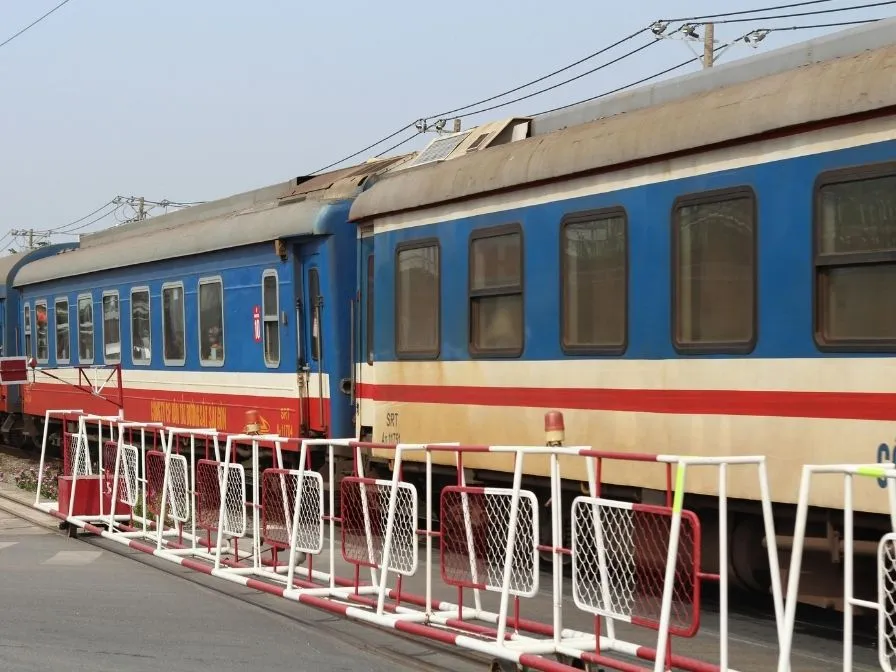
Cultural Etiquette and Dress Code
Respect for elders and traditions runs deep here. When visiting temples or pagodas, dress modestly (shoulders and knees covered) and remove your shoes before entering sacred areas. A polite smile and gentle tone go a long way. Learning a few phrases like “Xin chào” (hello) and “Cảm ơn” (thank you) will endear you to locals.
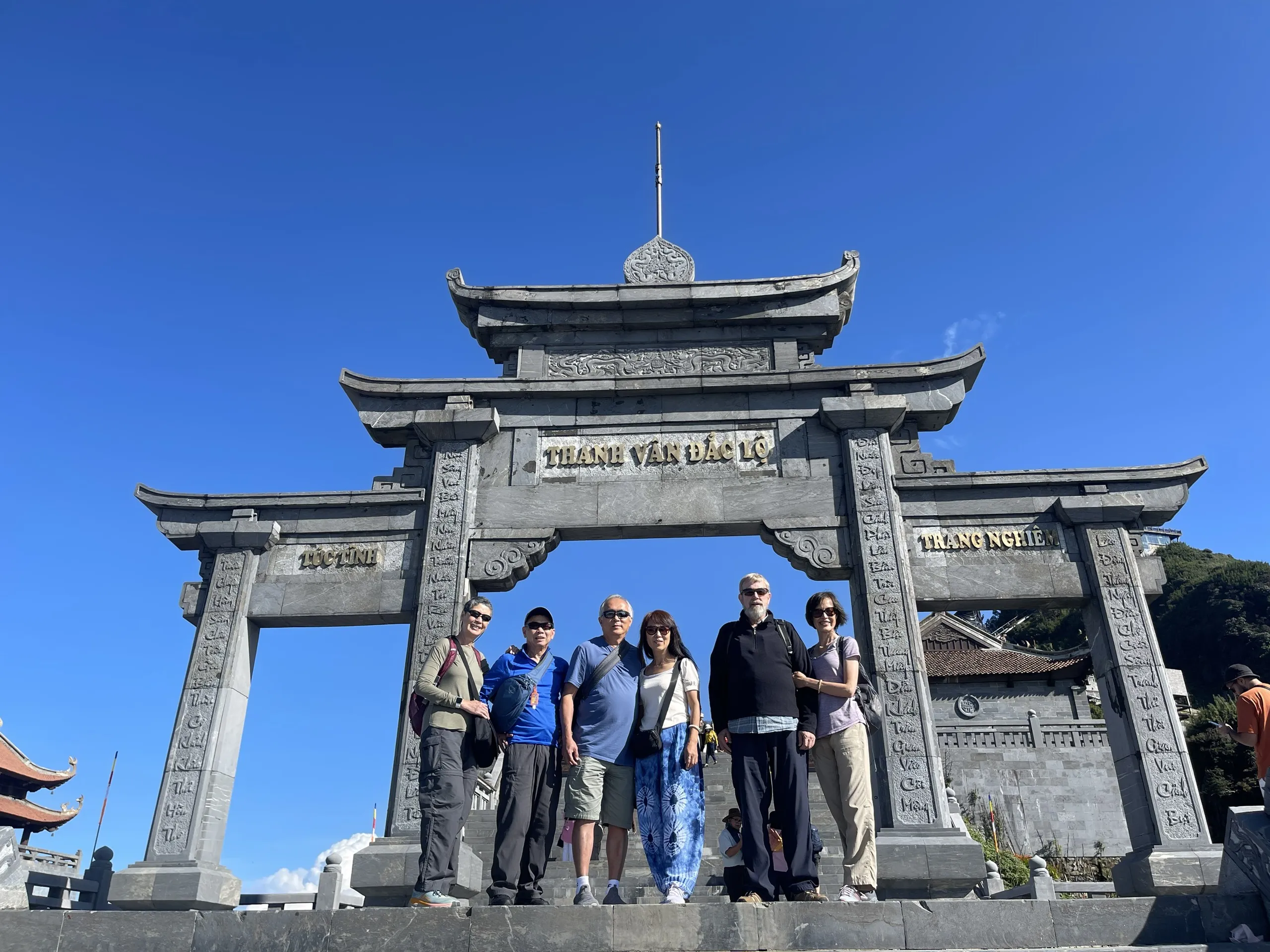
Health & Safety Considerations
Vietnam is one of the safest destinations in Asia. Petty theft is rare, and the locals are warm and genuinely helpful. Still, I encourage guests to take basic precautions — use insect repellent, wear helmets when on scooters, and keep valuables close in busy areas.
Street food is safe if you know where to go — and we do. I always tell travelers: follow the crowds. A busy stall means fast turnover and fresh food.
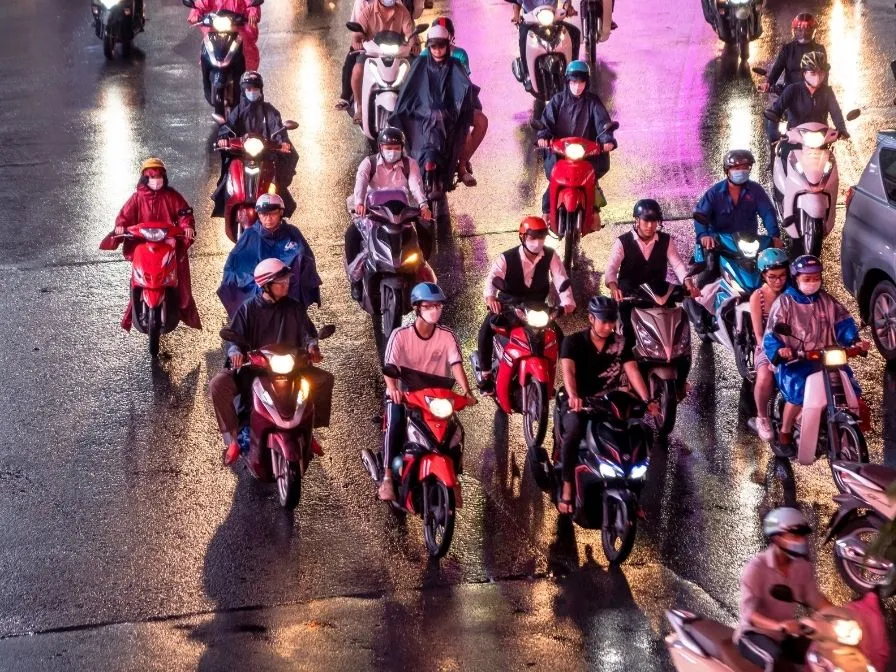
Food and Water Safety
If you fall in love with Vietnam, it will probably start with the food. Whether it’s pho in Hanoi, banh mi in Hoi An, or fresh seafood along the coast, every bite tells a story.
Drink only bottled or filtered water, and avoid ice in small street drinks unless you’re sure it’s purified. For guests who want to dive deeper into our culinary scene, we arrange private cooking classes or chef-guided street food tours — experiences that bring Vietnamese flavors to life.
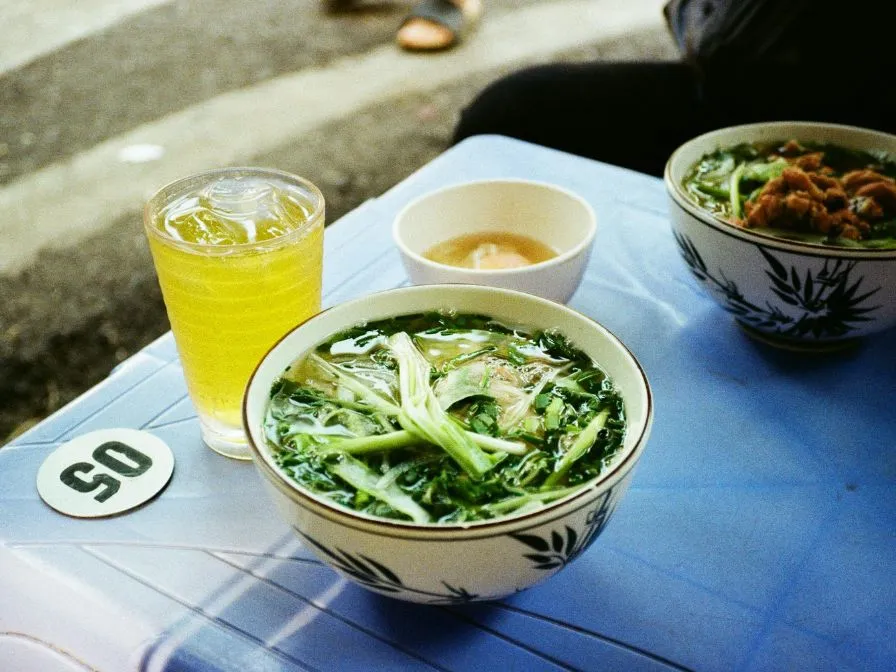
Why Vietnam Is a Top Golf Destination
Most travelers are surprised to learn that Vietnam has become Asia’s best golf destination. With award-winning courses designed by legends like Greg Norman, Nick Faldo, and Jack Nicklaus, it’s no wonder golf lovers are flying halfway around the world to play here.
Top Golf Courses in Vietnam:
- The Bluffs Ho Tram – Greg Norman’s seaside masterpiece.
- Laguna Lang Co – Sir Nick Faldo’s coastal championship course.
- Hoiana Shores Golf Club – A Robert Trent Jones Jr. design near Hoi An.
- Montgomerie Links Vietnam – Award-winning links-style course near Danang.
- Ba Na Hills Golf Club – Set against misty mountains outside Danang.
- BRG Kings Island Golf Resort – Jack Nicklaus-designed course near Hanoi.
Our team arranges everything from tee times to caddie services and luxury stays near the fairways — all you have to bring is your swing.
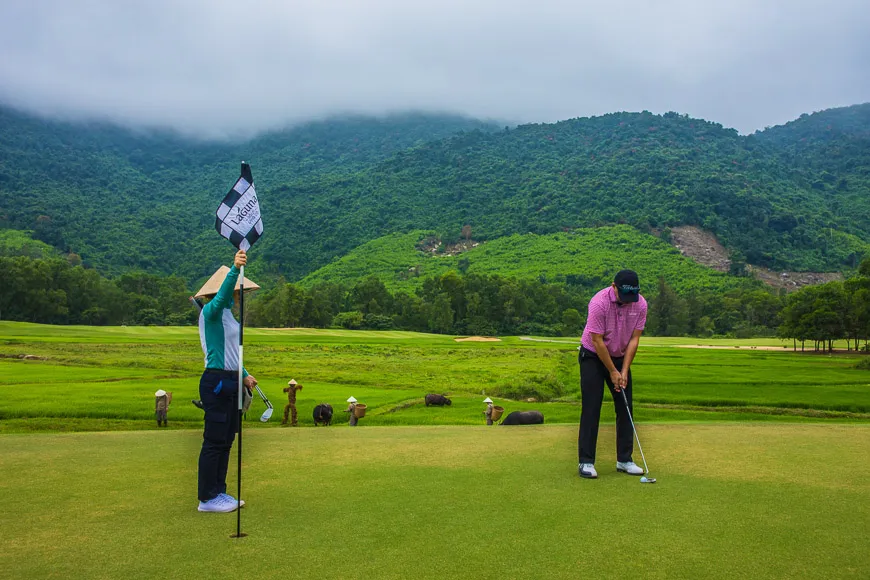
Vietnam’s Hidden Gem: Fishing Adventures
Fishing in Vietnam is one of those experiences that surprises people. I’ve seen guests light up pulling in squid under the stars or watching the sun rise from a small fishing boat.
Top Fishing Destinations:
- Phu Quoc Island – Deep-sea and night squid fishing.
- Nha Trang Bay – Reef-rich waters and private boat excursions.
- Halong Bay – Combine fishing with scenic cruising.
- Con Dao – Remote, pristine waters for serious anglers.
We can arrange private charters with onboard dining — imagine grilling your catch as the sun sets over the Gulf of Thailand.
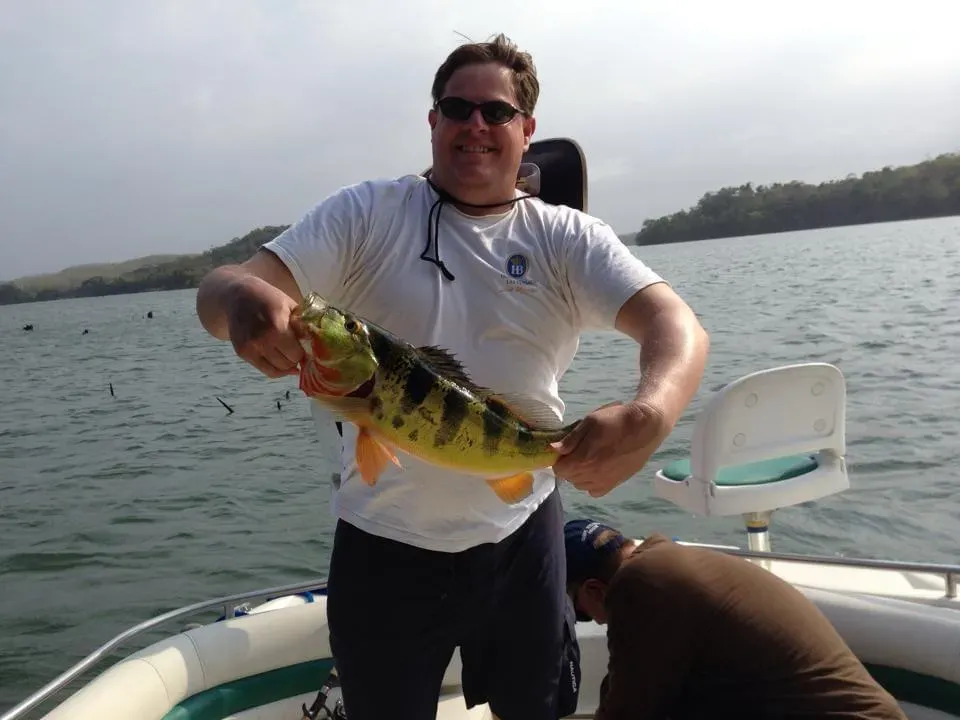
Connectivity and Communication
You’ll find Wi-Fi almost everywhere — hotels, cafés, even mountain cafés in Sapa. A local SIM card is inexpensive and keeps you connected for navigation and translation apps. We also provide portable Wi-Fi devices for guests who want seamless connectivity throughout their trip.
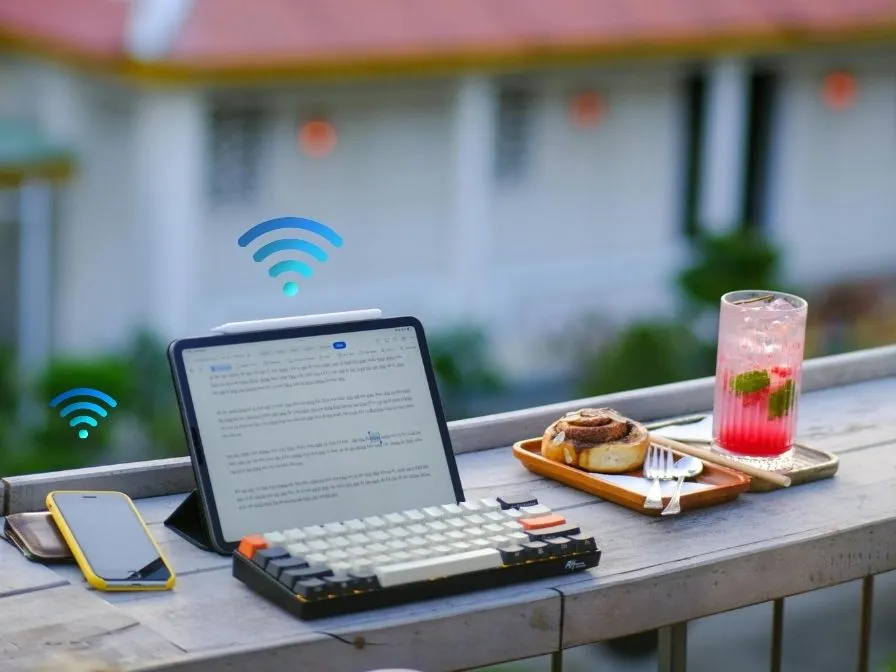
Best Time to Visit Vietnam
Vietnam’s climate varies from north to south. The best time to visit depends on your itinerary:
- North (Hanoi, Halong Bay, Sapa): March to May or September to November, with mild, dry weather.
- Central (Hue, Hoi An, Da Nang): February to August, warm, sunny, and perfect for beaches.
- South (Ho Chi Minh City, Mekong Delta): November to April, the dry season, great for river cruises.
Each region has its own rhythm, and timing makes all the difference.
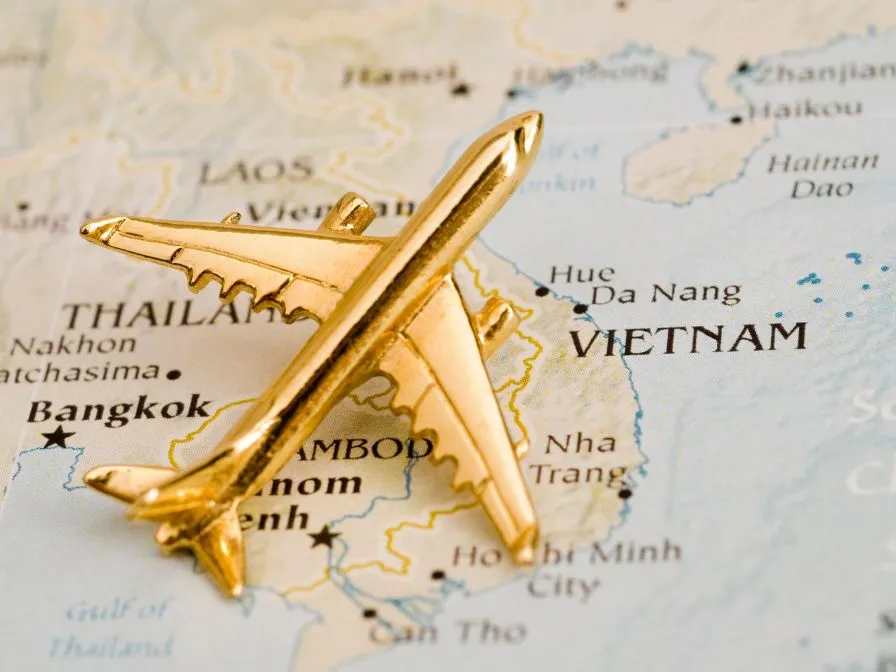
Final Thoughts
Every traveler who visits Vietnam sees a slightly different country. Some fall in love with the food, others with the kindness of the people, or the contrasts between the ancient and the modern. For me, it’s the small, unplanned moments — sharing tea with a fisherman in Hoi An, watching monks at sunrise in Hue, or seeing a guest’s face light up as they glide through Halong Bay for the first time.
My team and I created this agency so that travelers could see the Vietnam we know — full of warmth, surprises, and quiet beauty.
If you’re planning your first trip to Vietnam, I’d be honored to help you design a journey that fits you perfectly — whether it’s golf, food, culture, or simply slowing down to enjoy the view.
Let us handle the details so you can fall in love with Vietnam — one unforgettable moment at a time!



